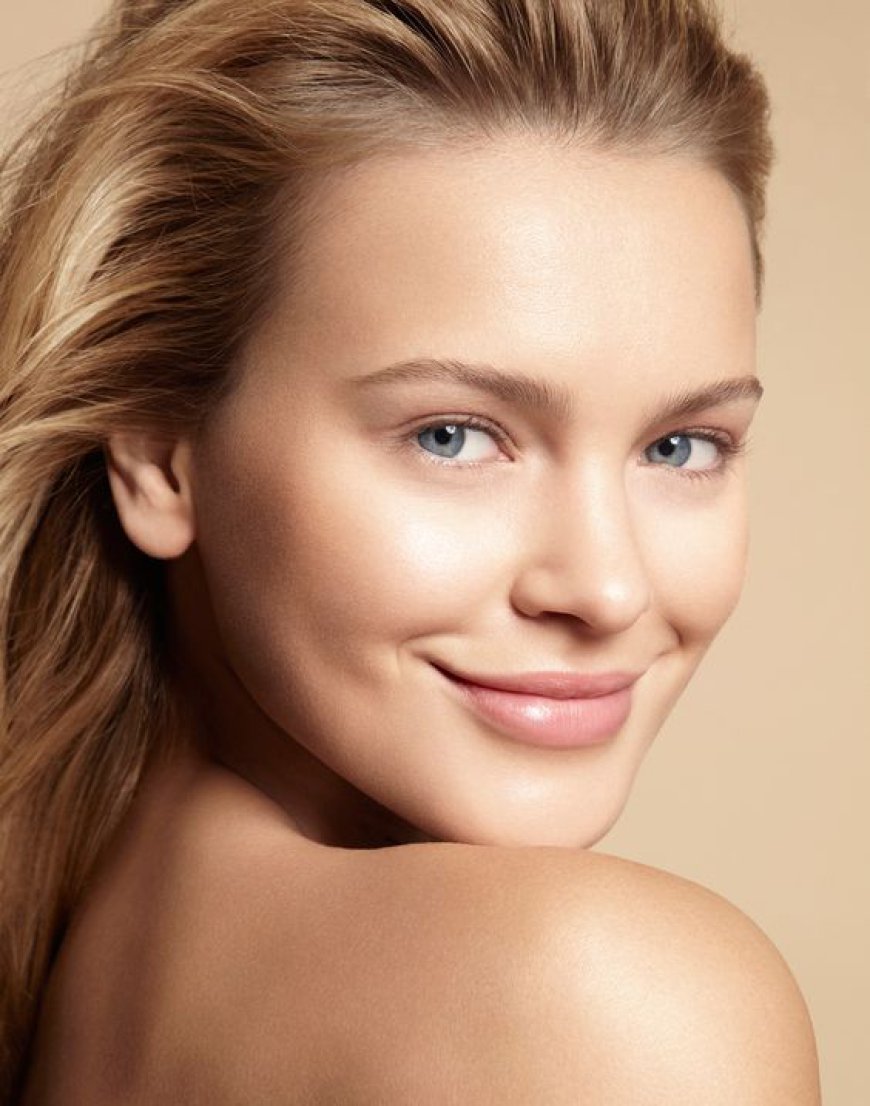Nose Reshaping with Dermal Fillers

In recent years, the beauty industry has witnessed a significant surge in the popularity of non-surgical cosmetic procedures. Among these, nose reshaping with dermal fillers, often referred to as Dermal Fillers Injections in Dubai has emerged as a favored choice for individuals seeking to enhance their facial aesthetics without the need for invasive surgery. This article delves into the intricacies of this innovative procedure, exploring its benefits, risks, and what to expect during the treatment process.
Understanding Non-Surgical Rhinoplasty
Non-surgical rhinoplasty involves the use of dermal fillers to alter the shape and contour of the nose. Unlike traditional rhinoplasty, which requires anesthesia and surgical intervention, this technique utilizes injectable fillers to achieve desired changes in the nasal structure. The primary purpose of non-surgical rhinoplasty is to enhance the nose's appearance by adding volume, smoothing irregularities, and correcting asymmetries.
The Benefits of Dermal Fillers for Nose Reshaping
-
Minimally Invasive: One of the most significant advantages of nose reshaping with dermal fillers is that it is a minimally invasive procedure. Patients can achieve noticeable results without undergoing the complexities of surgery. This means reduced recovery time and lower risks associated with surgical procedures.
-
Immediate Results: Patients can often see results immediately after the procedure. The fillers provide instant volume and contouring, allowing individuals to leave the clinic with an enhanced nose and increased confidence.
-
Customizable: Non-surgical rhinoplasty offers a high degree of customization. Experienced practitioners can tailor the treatment to meet each patient’s unique needs and aesthetic goals. Whether it’s smoothing a bump, lifting the tip, or improving overall symmetry, dermal fillers can be strategically placed to achieve the desired outcome.
-
Reversible: Unlike surgical procedures, which provide permanent changes, non-surgical rhinoplasty is temporary. Most dermal fillers last between 6 to 18 months, depending on the type used and individual factors. If a patient is unhappy with the results, the effects can be easily reversed by dissolving the filler with an enzyme called hyaluronidase.
-
Cost-Effective: While costs can vary, non-surgical rhinoplasty is generally more affordable than traditional rhinoplasty. This accessibility allows more individuals to explore cosmetic enhancements without significant financial burden.
The Procedure: What to Expect
Consultation
Before undergoing nose reshaping with dermal fillers, a consultation with a qualified practitioner is essential. During this appointment, the practitioner will assess the patient's facial structure, discuss their aesthetic goals, and provide an overview of the procedure. It's crucial for patients to communicate their expectations clearly and ask any questions they may have.
Preparation
Once the patient is deemed a suitable candidate, the practitioner will prepare for the procedure. This may involve applying a topical numbing cream to minimize discomfort during the injections. Some practitioners may also use ice to further numb the area.
Injection Process
The injection process is relatively quick and typically takes around 15 to 30 minutes. The practitioner will use a fine needle or cannula to inject the dermal filler into specific areas of the nose. Common injection sites include:
- Dorsum of the Nose: To smooth out bumps or irregularities.
- Tip of the Nose: To enhance projection or lift the tip.
- Nasal Bridge: To create a straighter profile.
Post-Procedure Care
After the injections, patients may experience mild swelling, redness, or bruising at the injection sites. These effects are generally temporary and subside within a few days. Practitioners often recommend avoiding strenuous activities, excessive sun exposure, and makeup for a short period after the procedure to allow for optimal healing.
Potential Risks and Considerations
While non-surgical rhinoplasty is generally considered safe, there are potential risks and complications associated with the procedure. These may include:
- Allergic Reactions: Though rare, some individuals may experience allergic reactions to the dermal fillers.
- Infection: As with any injectable procedure, there is a risk of infection if proper hygiene protocols are not followed.
- Asymmetry: If the filler is not injected evenly, it can result in an asymmetrical appearance.
- Vascular Complications: In rare cases, fillers can inadvertently block blood vessels, leading to complications that require immediate medical attention.
To mitigate these risks, it is crucial to choose a qualified and experienced practitioner for the procedure.
Conclusion
Nose reshaping with dermal fillers offers a viable alternative for individuals looking to enhance their facial aesthetics without the commitment and risks associated with surgery. The benefits of this procedure, including immediate results, minimal downtime, and customization, make it an appealing option for many. However, as with any cosmetic treatment, it is essential for individuals to conduct thorough research and consult with qualified professionals to ensure a safe and satisfactory outcome. By embracing the possibilities of non-surgical rhinoplasty, individuals can confidently pursue their aesthetic goals and enjoy the transformative effects of dermal fillers.
